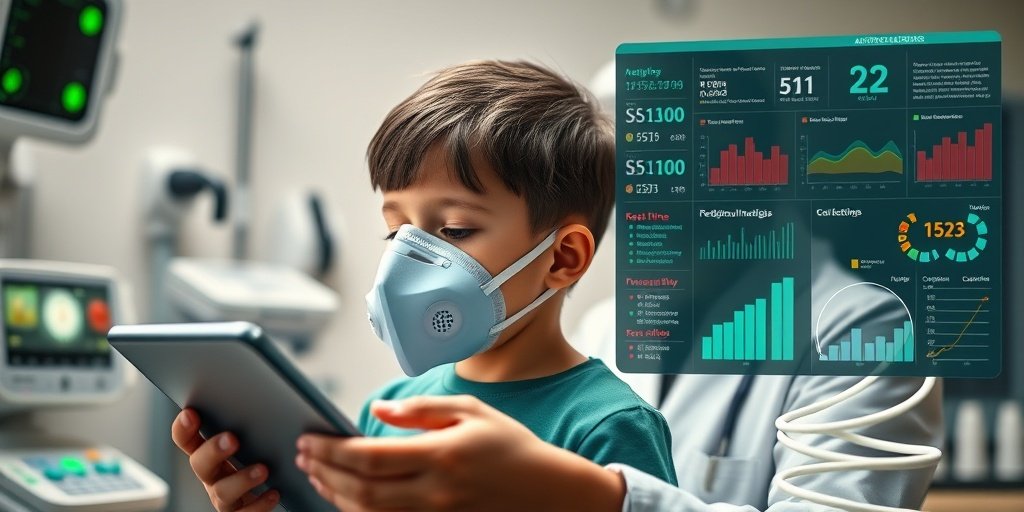Overview
Mayo Clinic researchers have created artificial intelligence (AI) tools that can pinpoint which children with asthma are at the greatest risk for severe asthma exacerbations and acute respiratory infections. This study, published in the Journal of Allergy and Clinical Immunology, indicates that these tools can identify risks as early as age 3.
Key Findings
- Asthma impacts nearly 6 million children in the U.S., leading to missed school days, emergency visits, and hospitalizations.
- Respiratory infections are the primary triggers for asthma attacks, but symptoms can vary significantly, complicating risk assessment for clinicians.
- The study aims to shift asthma care from reactive to preventive, focusing on early detection of high-risk patients.
Research Methodology
The research involved analyzing electronic health records from over 22,000 children born between 1997 and 2016 in southeastern Minnesota. The team developed multiple AI tools utilizing machine learning and natural language processing to extract relevant information from doctors’ notes.
Diagnostic Criteria
The AI tools assessed symptoms and family history, applying two established diagnostic checklists for asthma in young children:
- Predetermined Asthma Criteria
- Asthma Predictive Index
Children meeting the criteria from both lists formed a subgroup identified as being at higher risk for serious complications.
Results of the Study
Comparative analysis revealed that by age 3, children in the high-risk subgroup experienced:
- More than twice the rate of pneumonia
- Nearly three times the rate of influenza
- The highest rates of asthma attacks requiring steroids, emergency visits, or hospitalization
- Increased occurrences of respiratory syncytial virus (RSV) infection
Family History and Laboratory Findings
Children in the high-risk subgroup were more likely to have:
- A family history of asthma, eczema, allergic rhinitis, or food allergies
- Laboratory test results indicating allergic inflammation, such as higher eosinophil counts and allergen-specific IgE
- Impaired lung function
These findings suggest a distinct asthma subtype that increases vulnerability to acute respiratory infections and exacerbations.
Future Directions
The research team plans to:
- Test the AI tools in broader clinical settings and diverse populations
- Combine these tools with biological data to enhance the definition and treatment of asthma subtypes
- Investigate compounds that may help regulate overactive immune responses associated with asthma using lab-grown cell models (organoids)
This research was supported by a National Institutes of Health-funded R01 grant.
